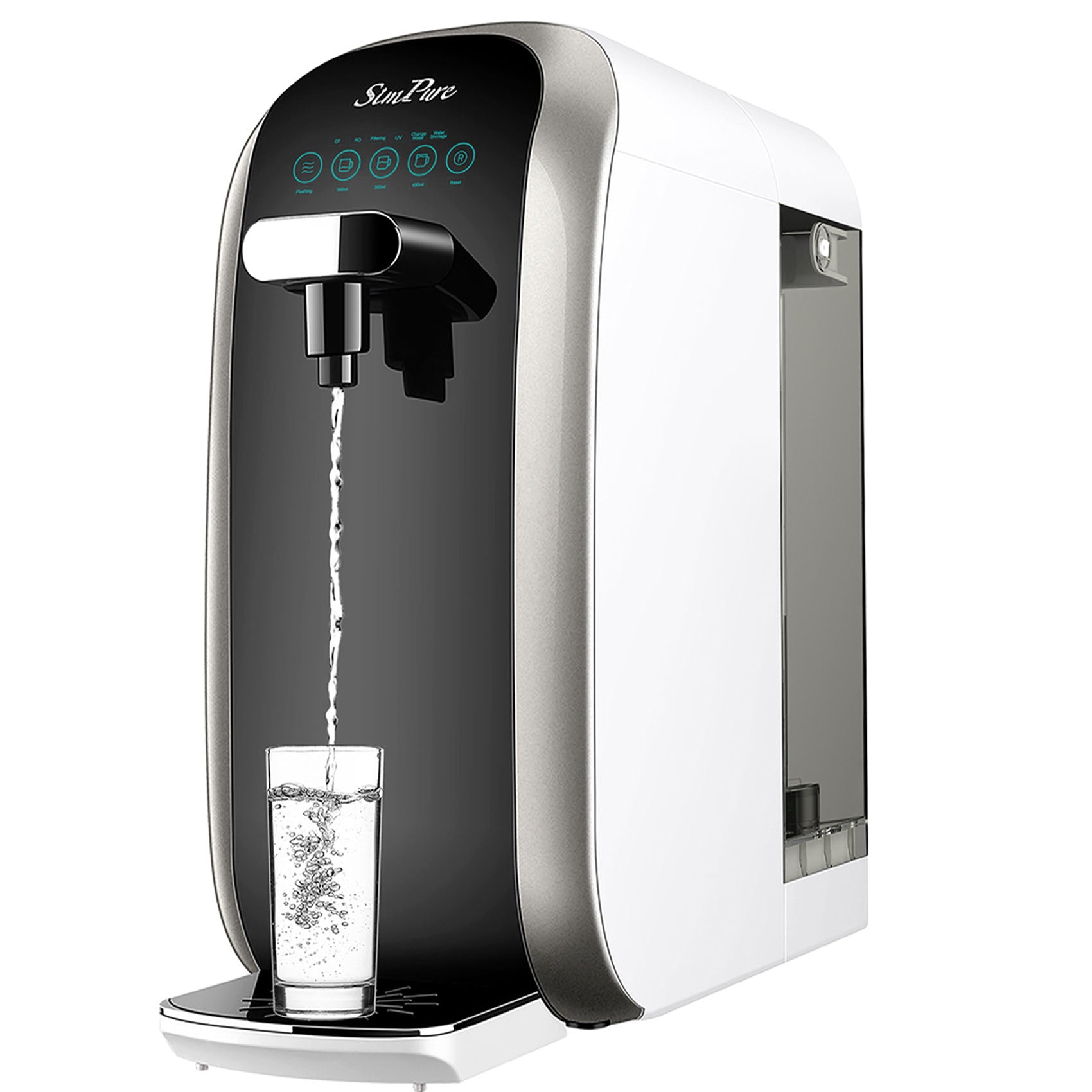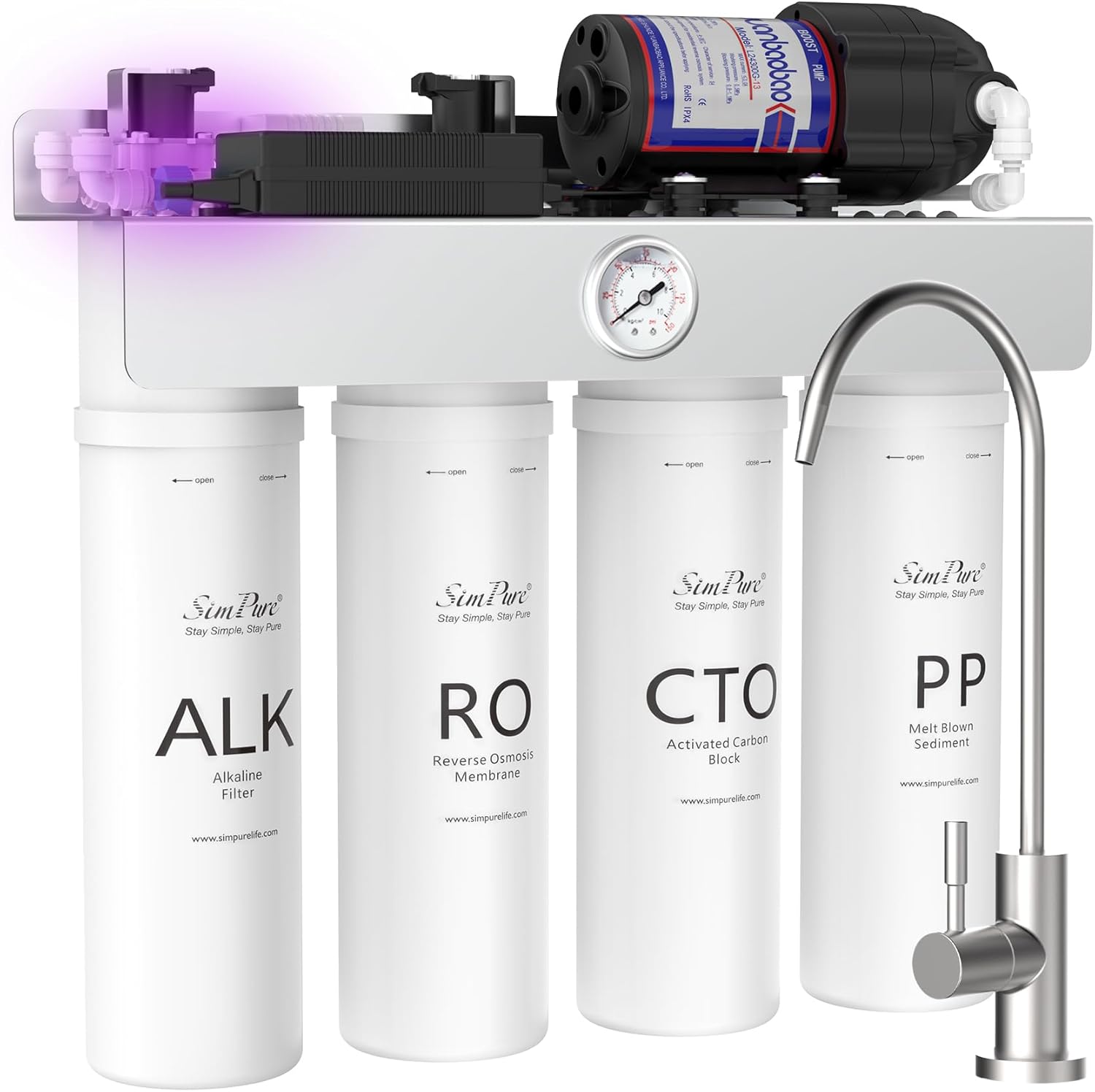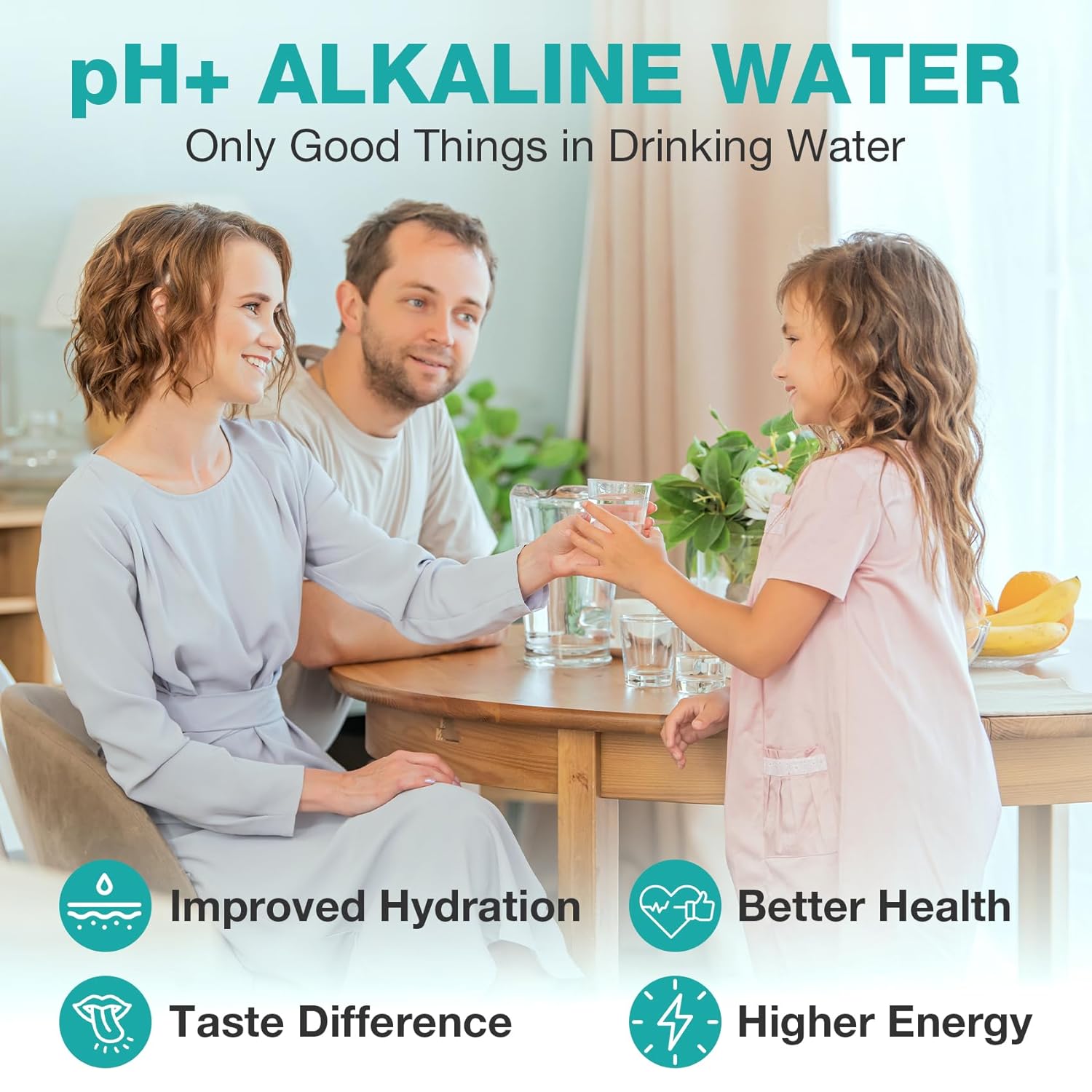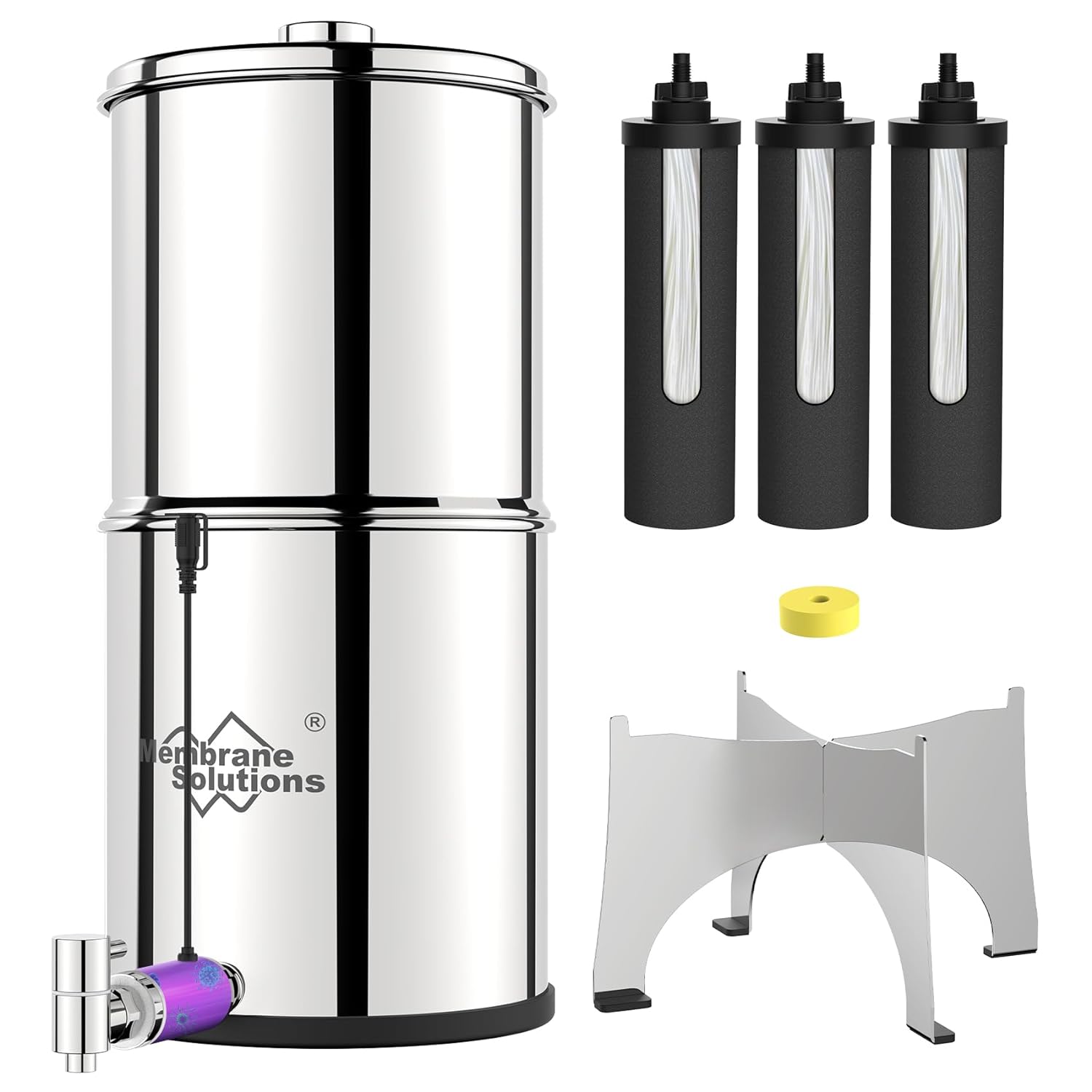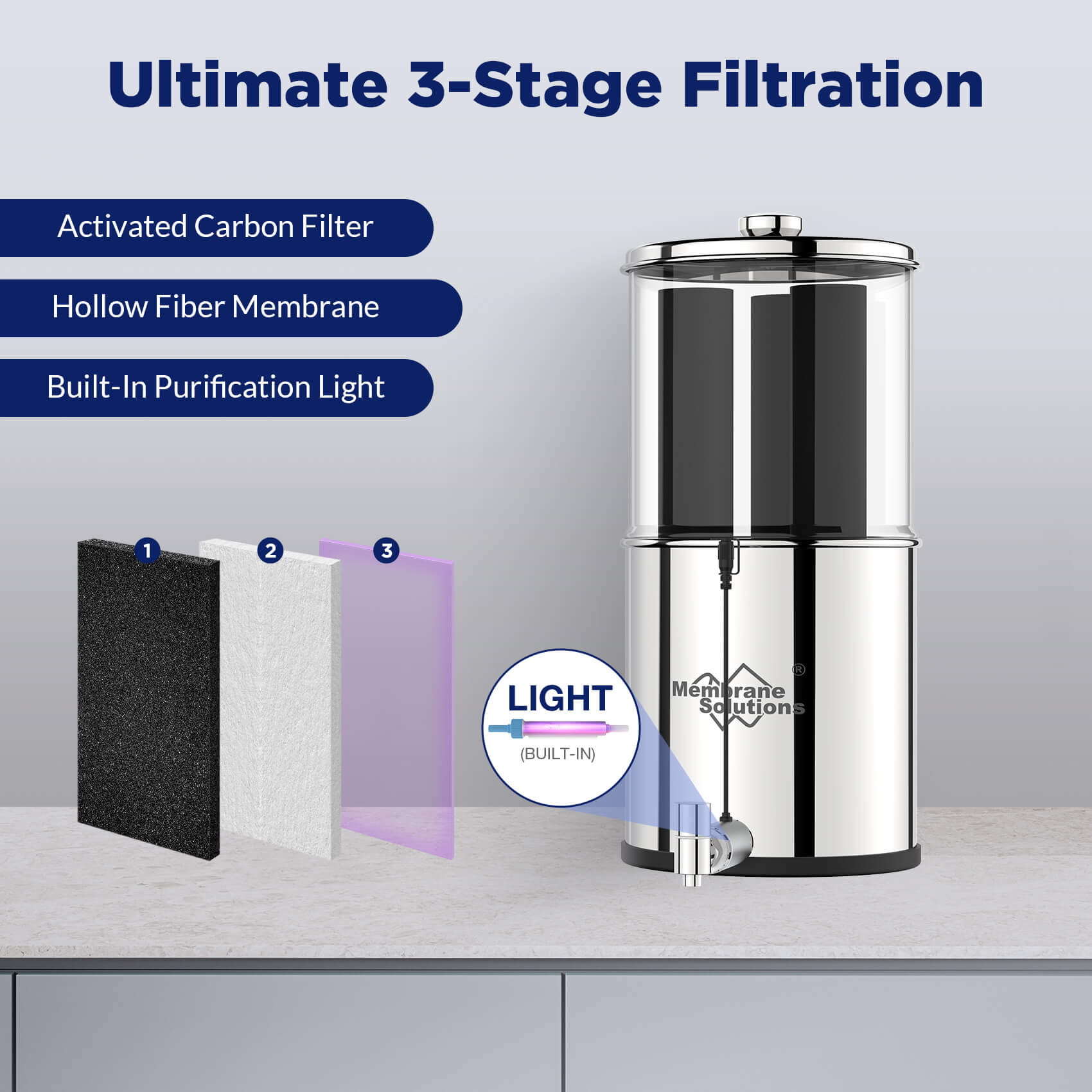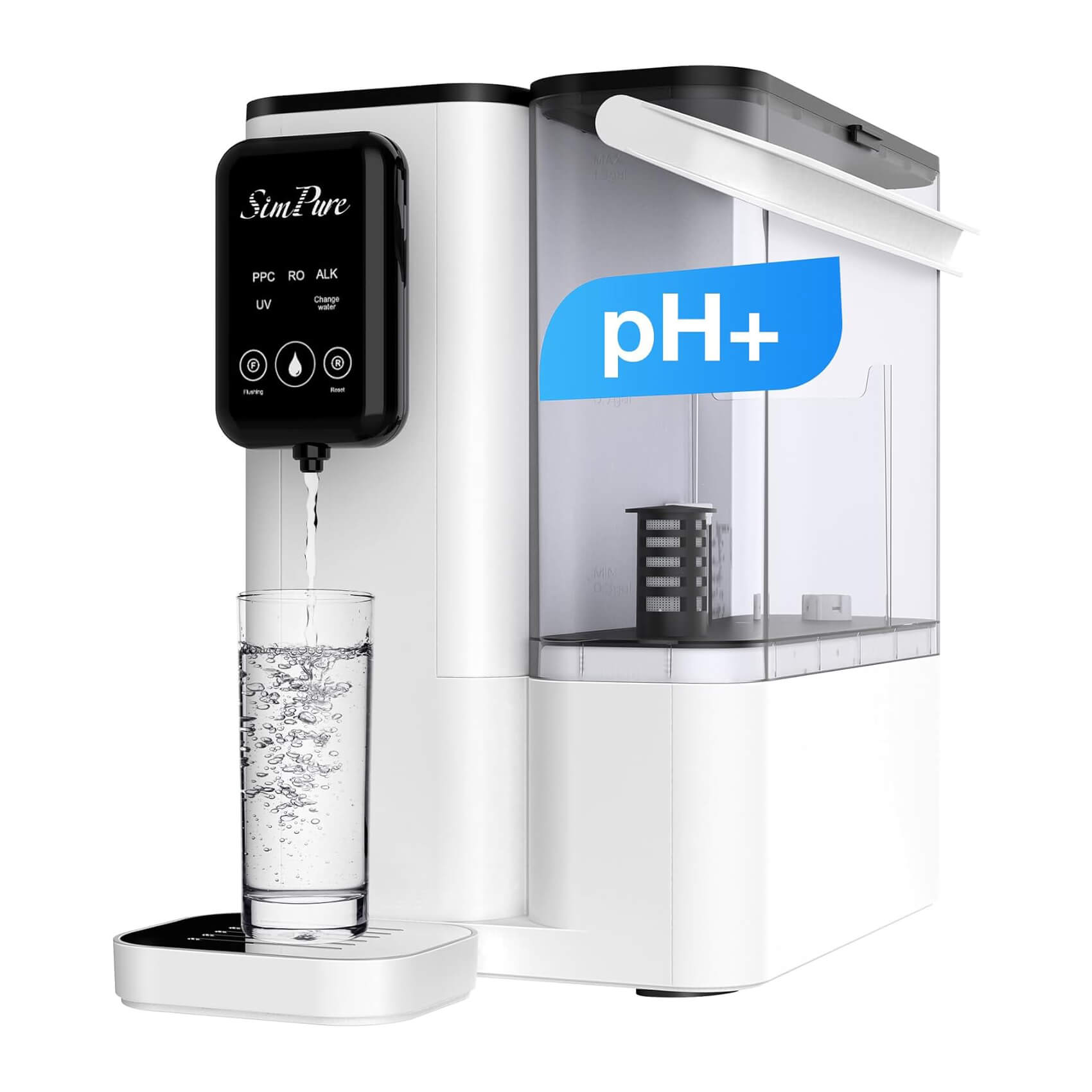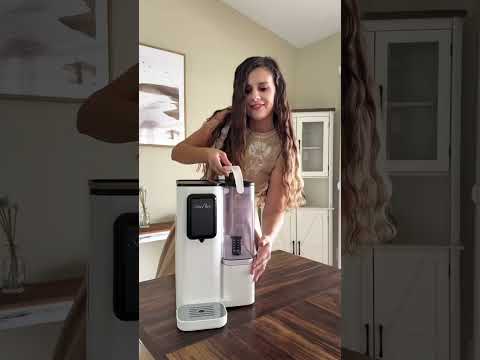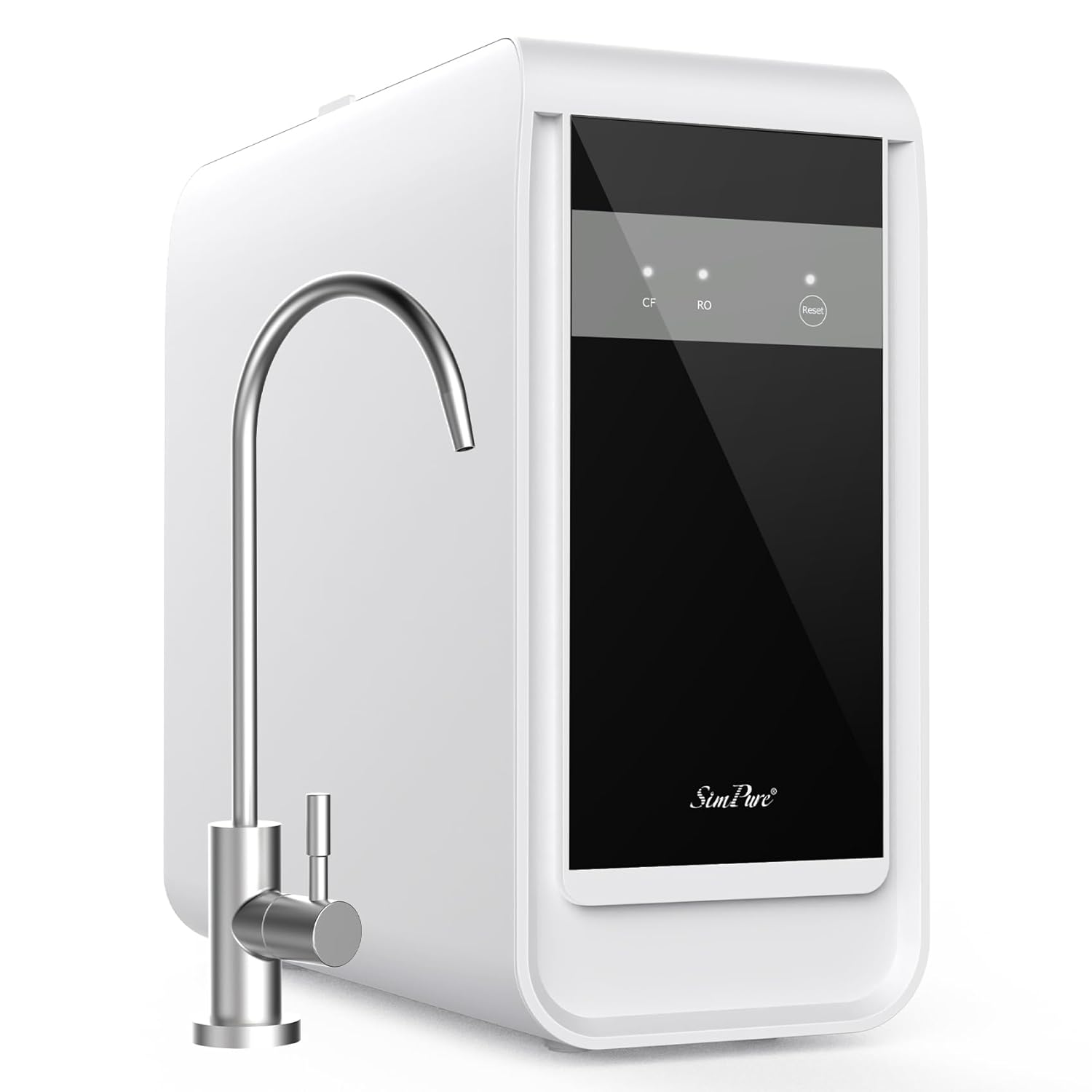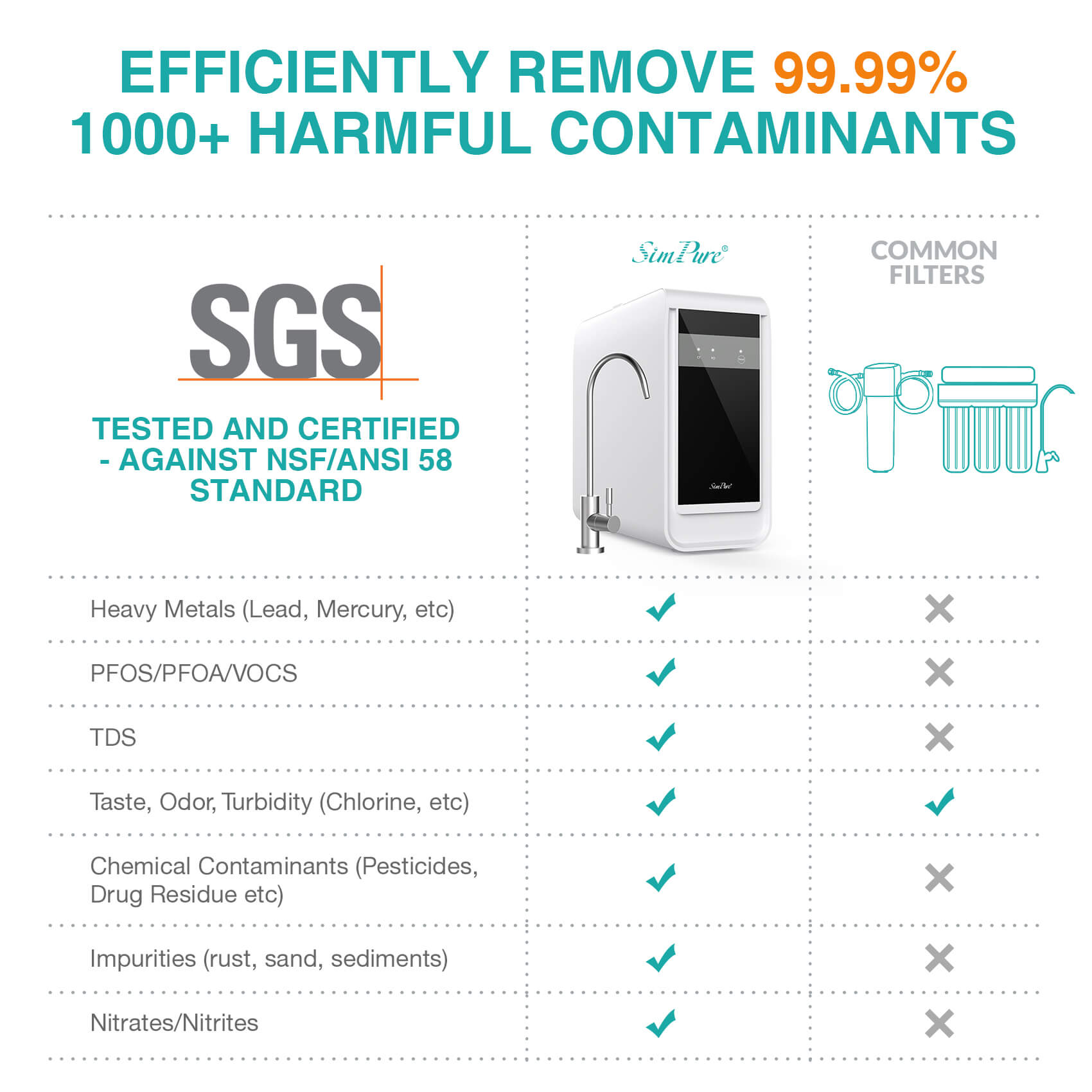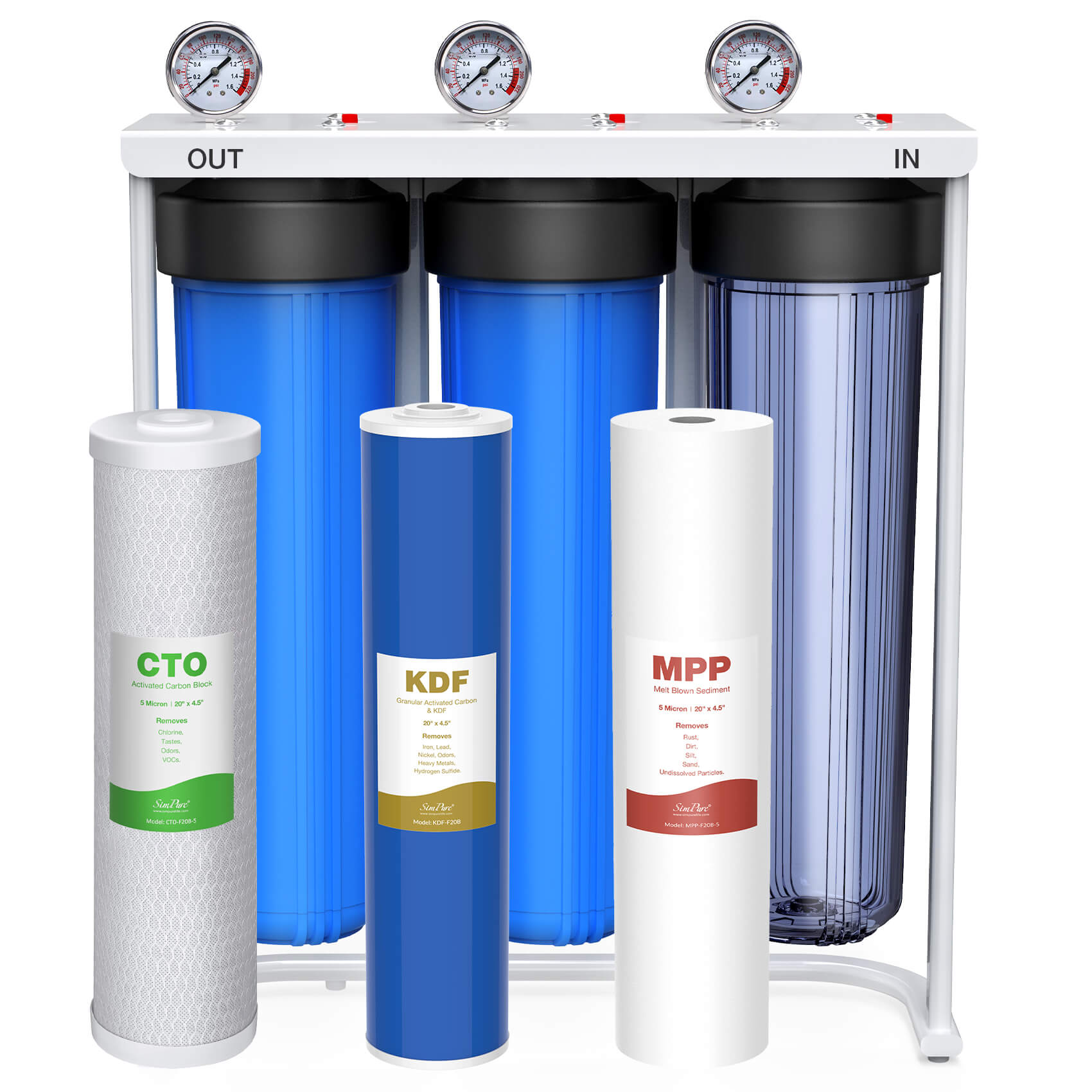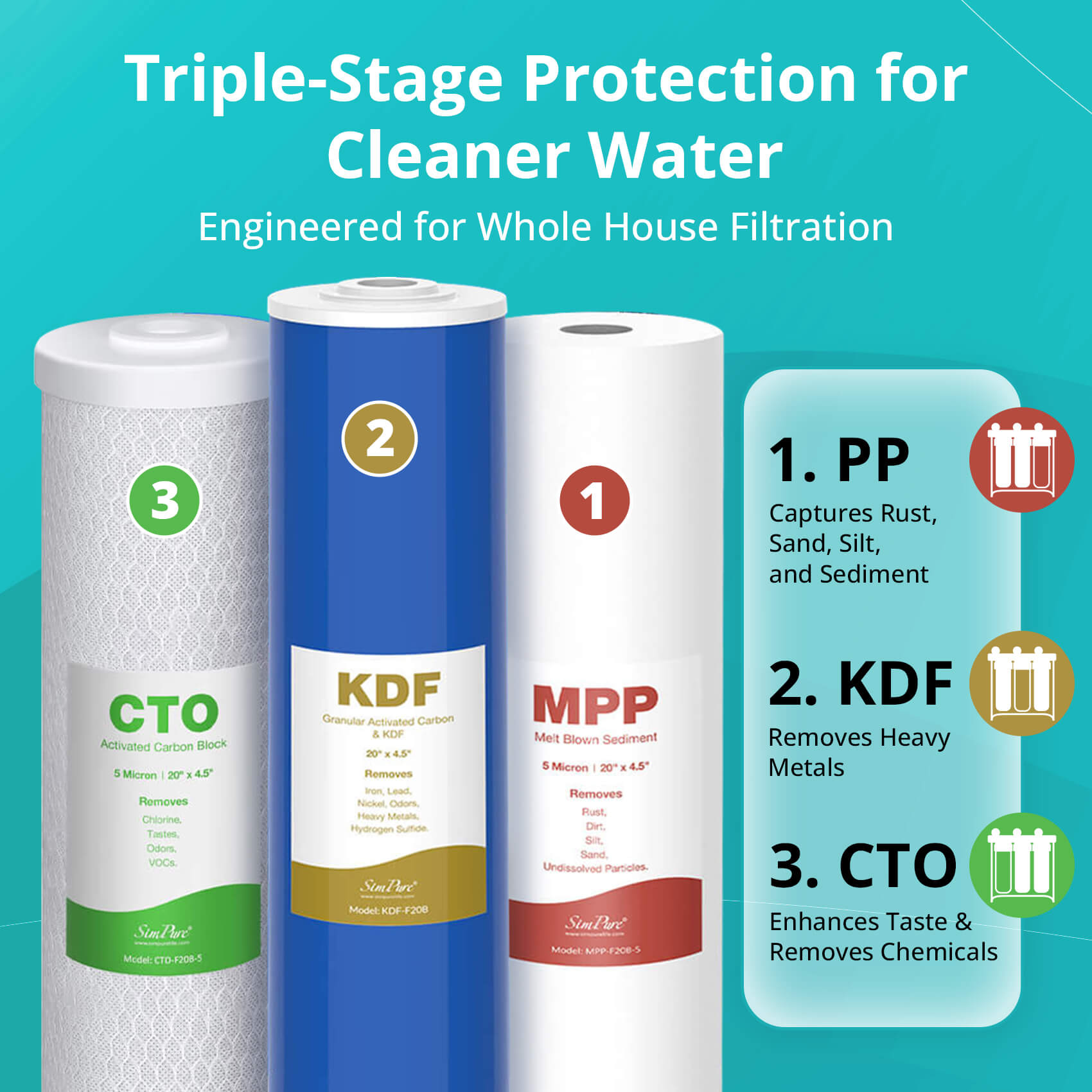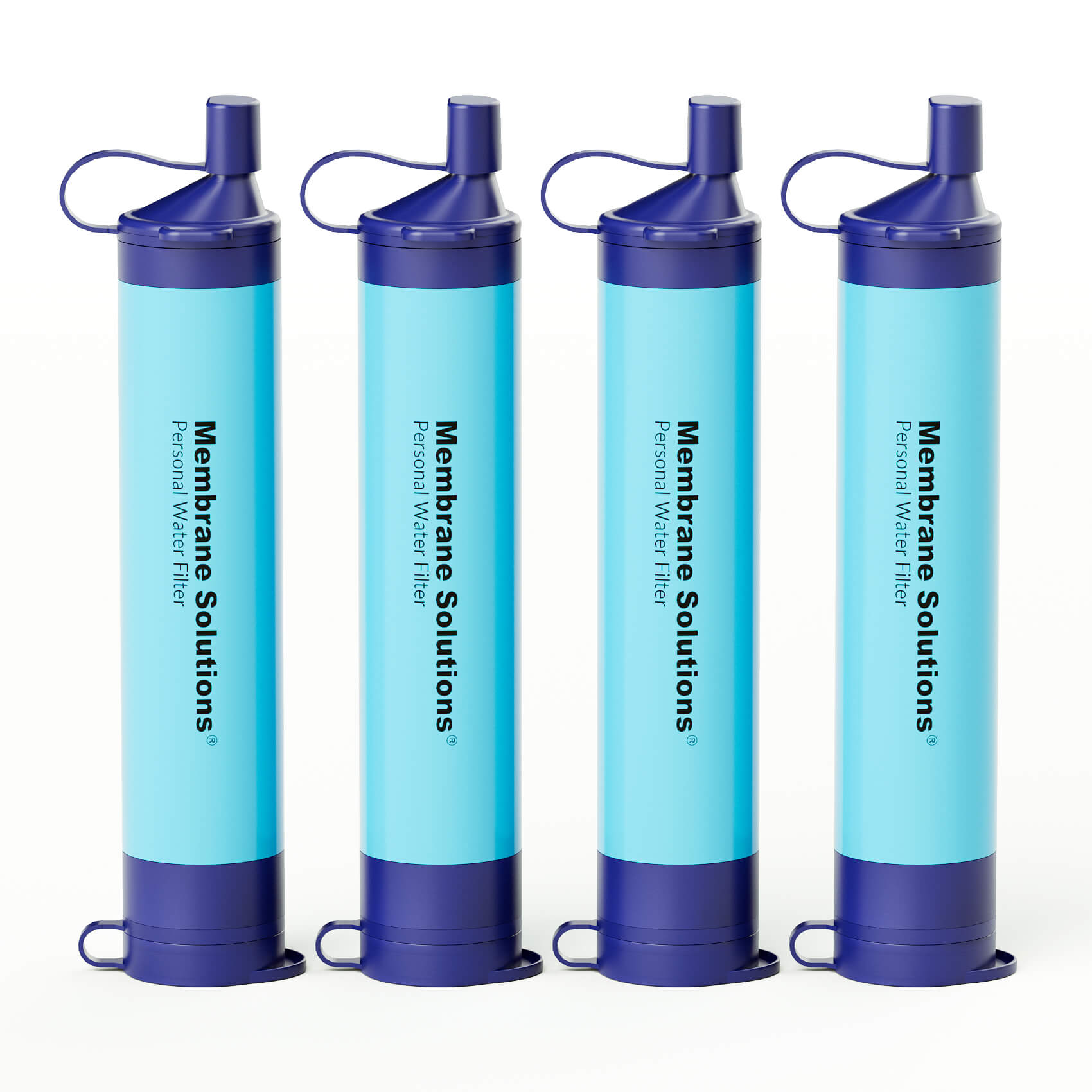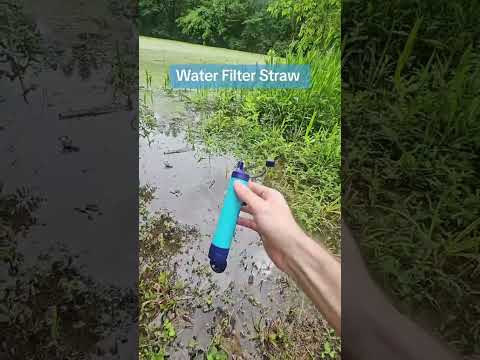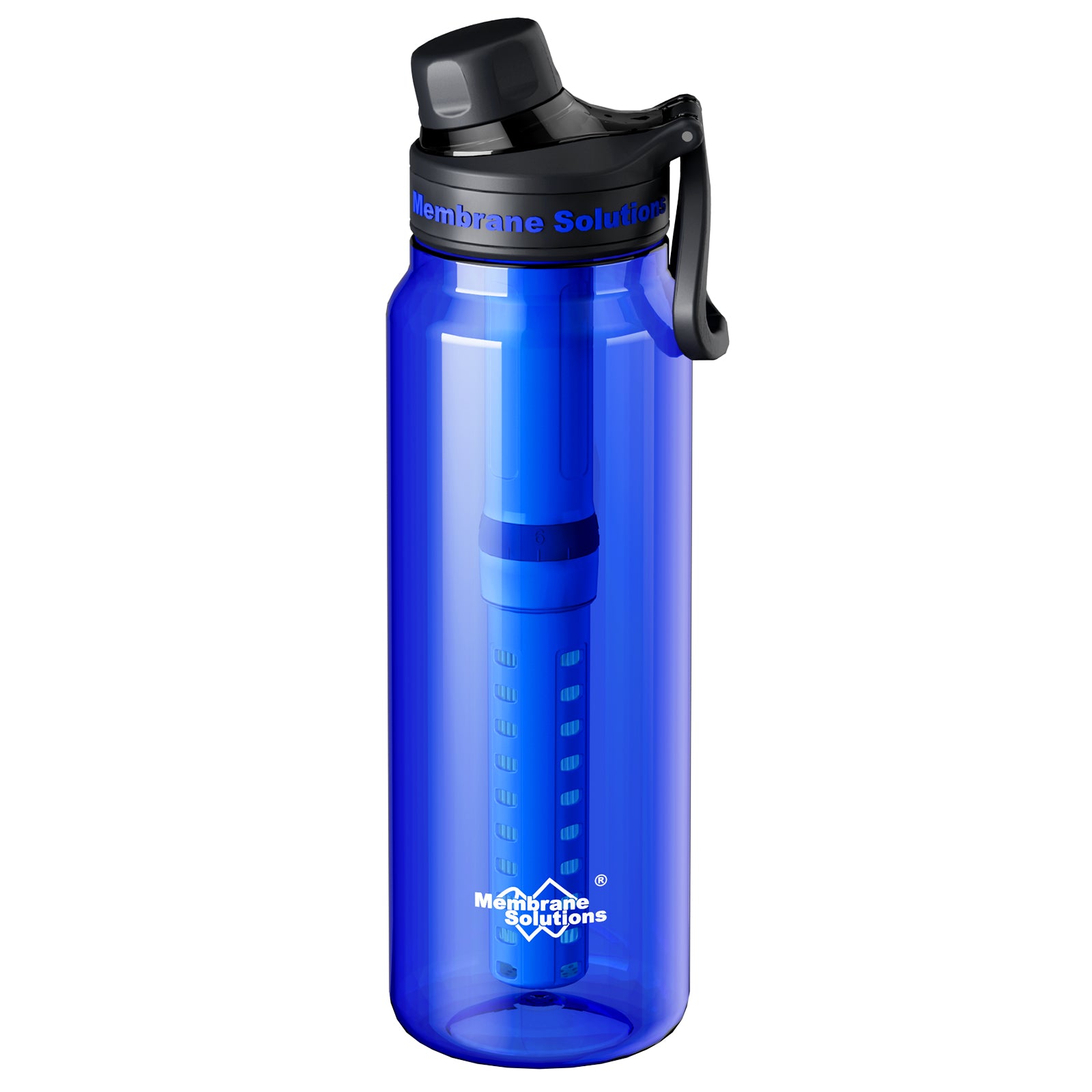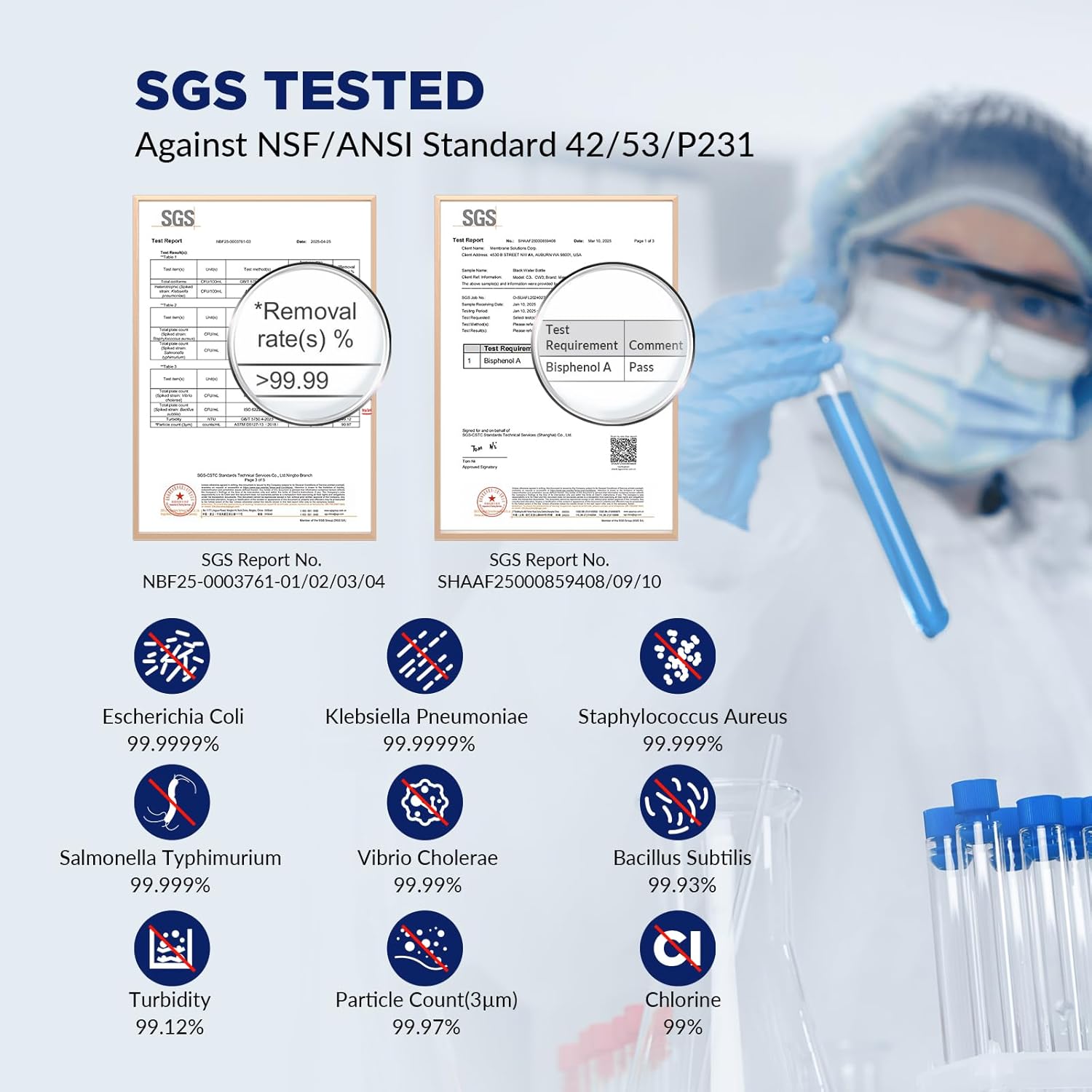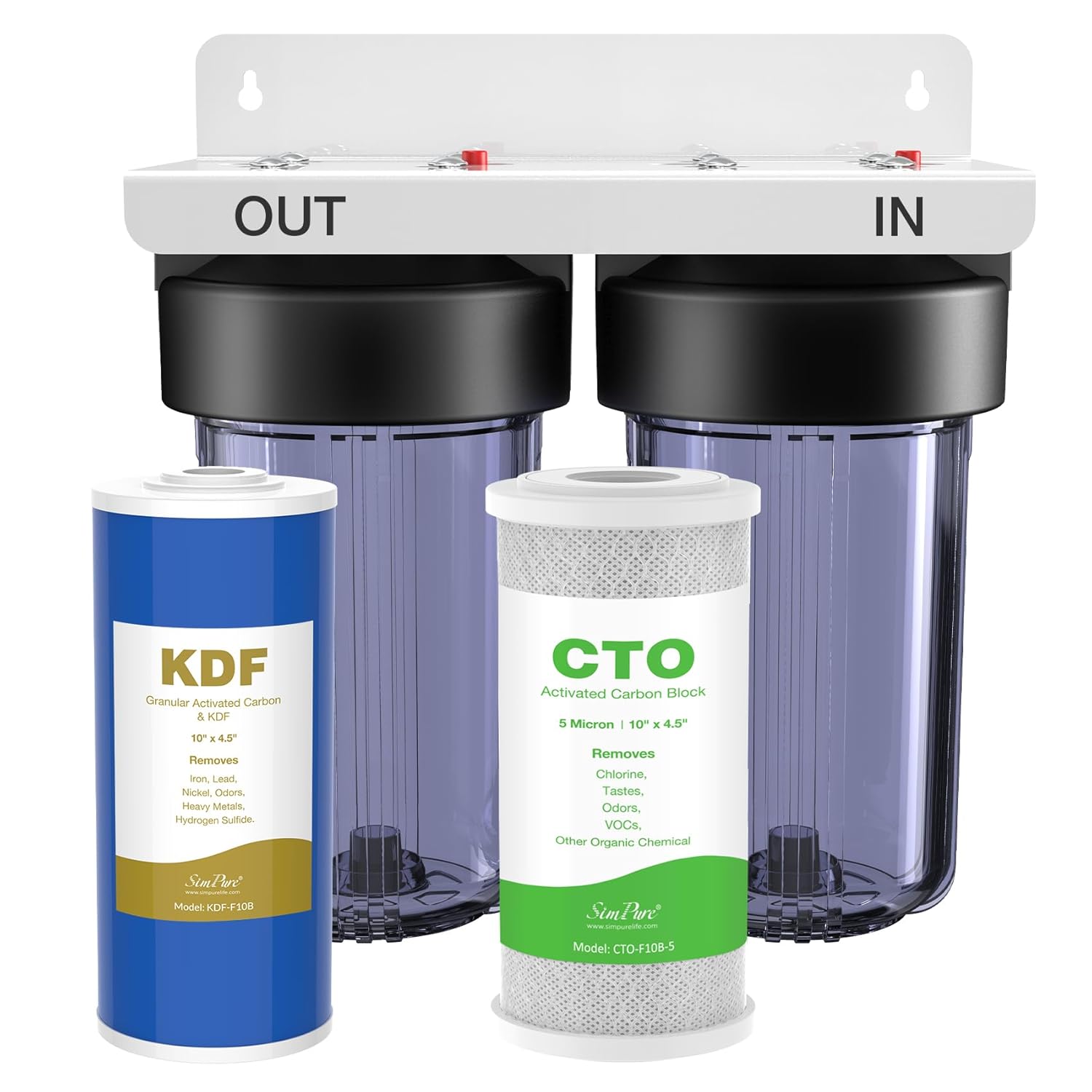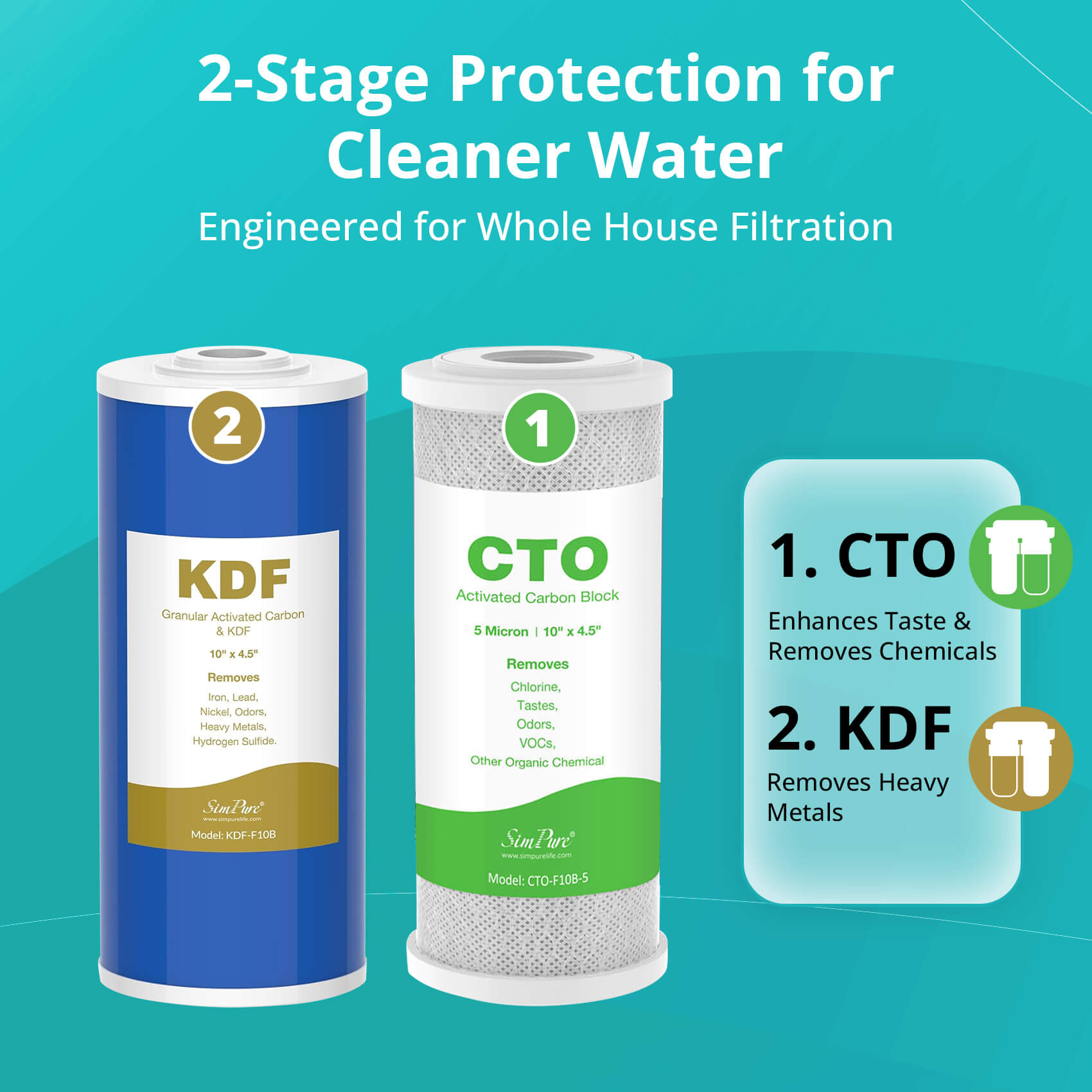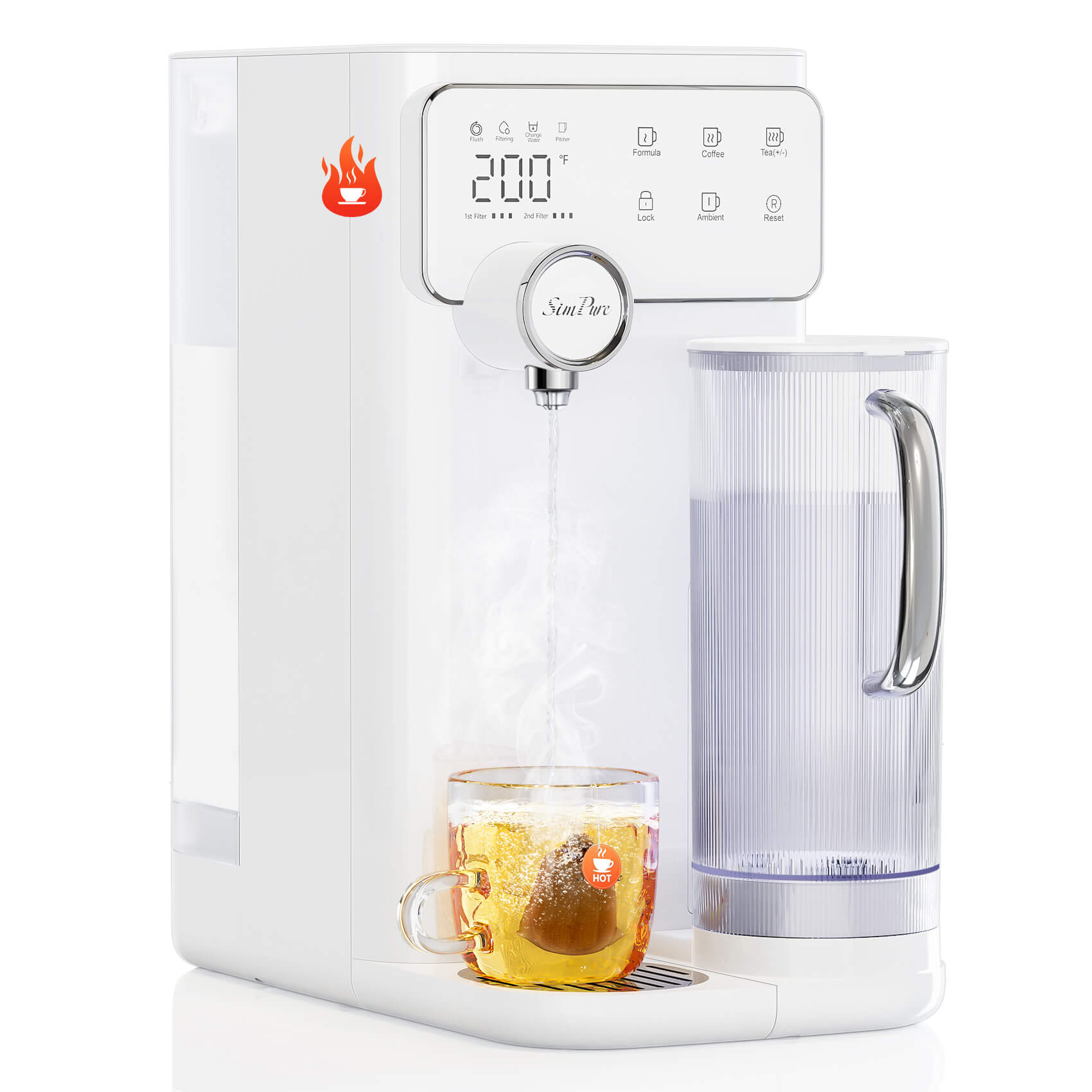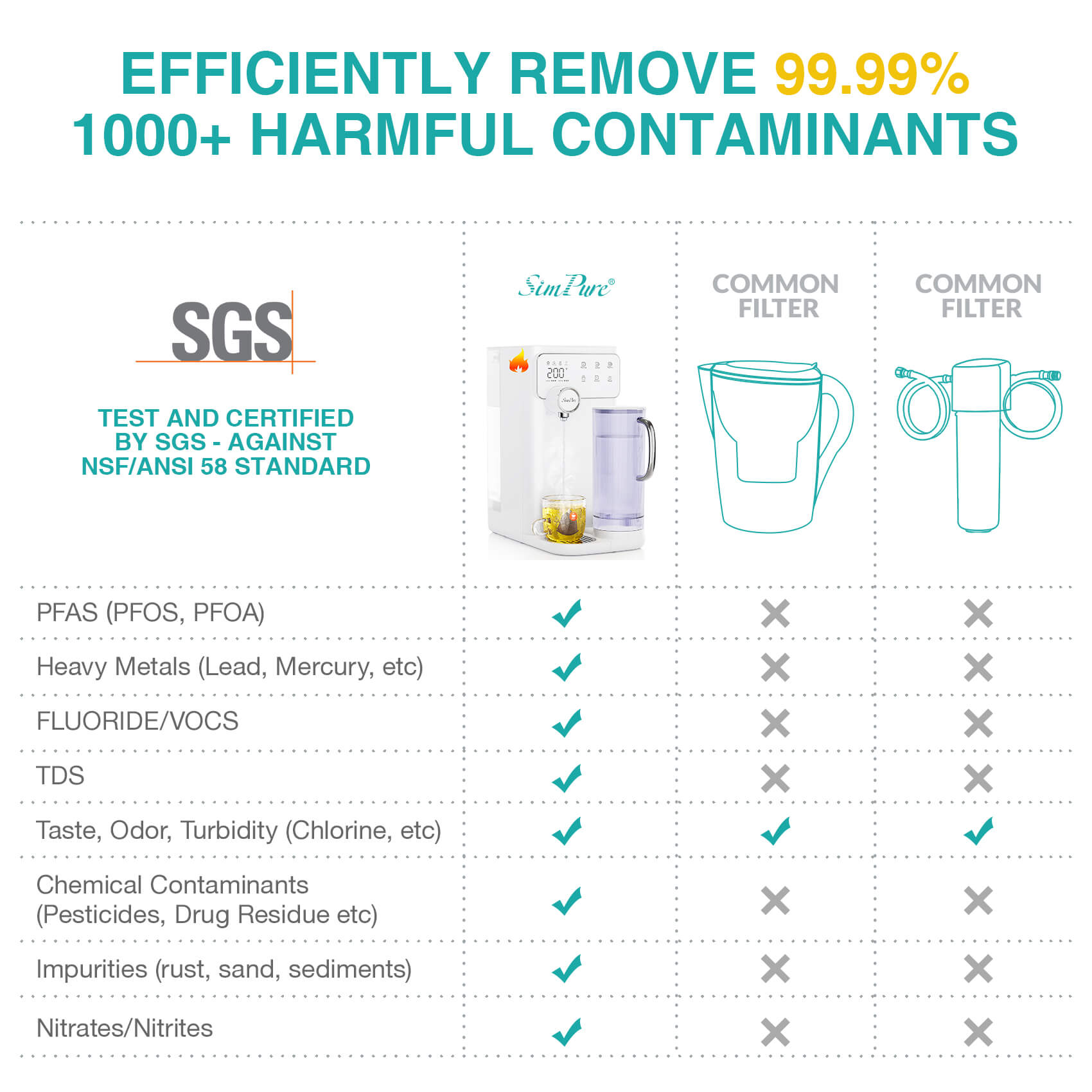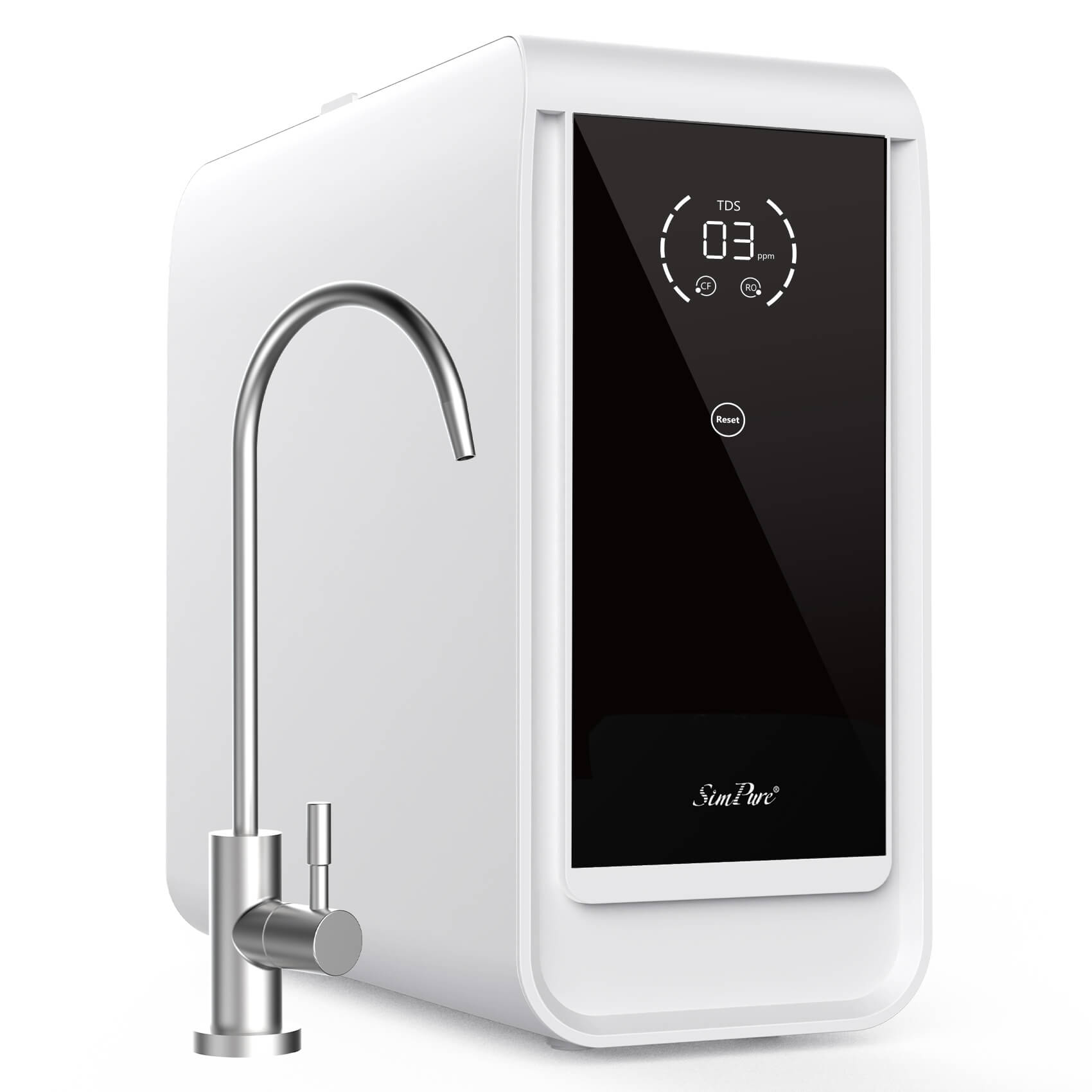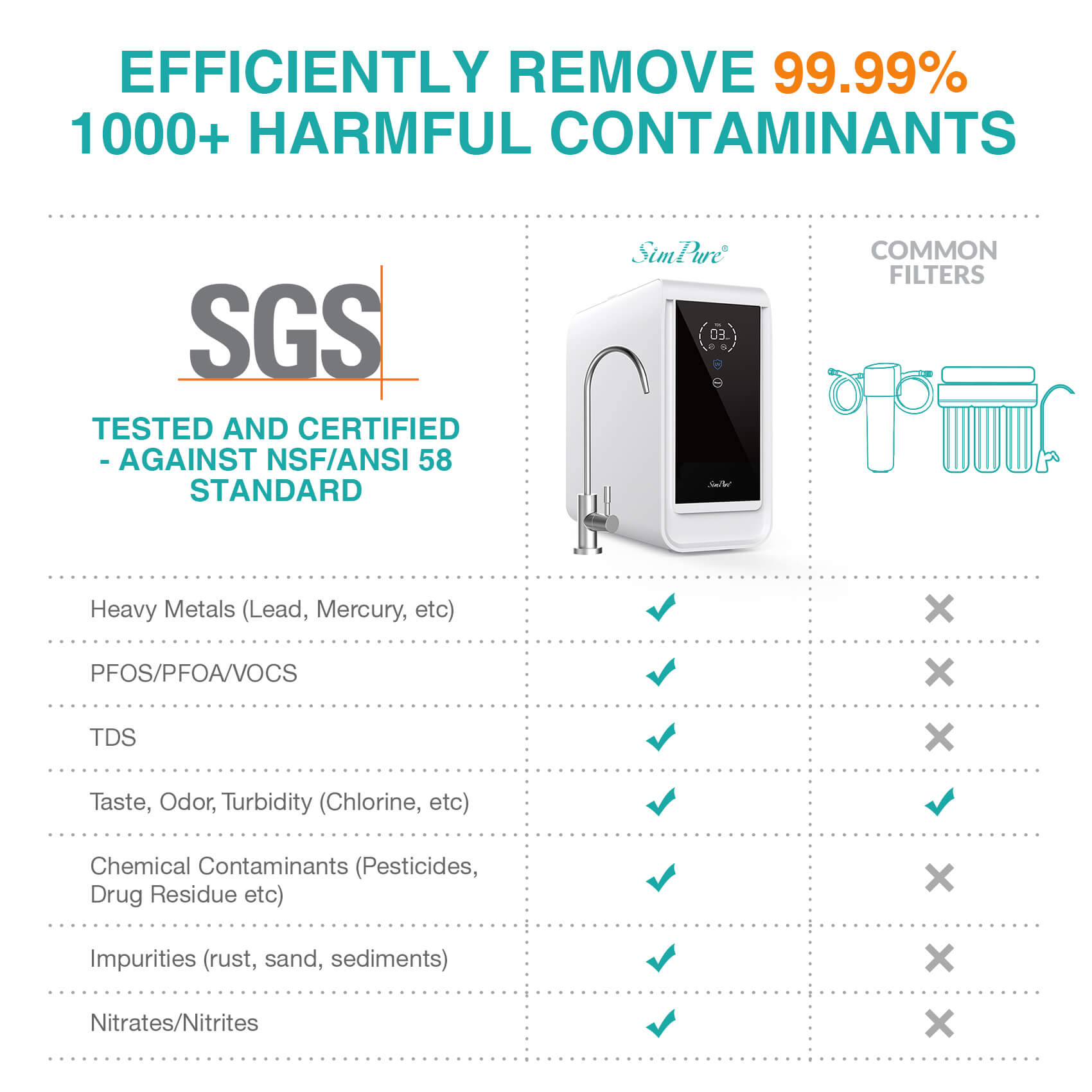Nitrates are one of the most common pollutants well owners face removing from their water supplies. Nitrates are compounds that occur naturally in the earth, but are found in higher amounts in farming communities and rural towns. Although they don't have any taste or smell, drinking high levels of nitrates can cause illness in humans and livestock. So, how to remove nitrates from water? In this article, we'll explore the different methods of removing nitrates from water and help you choose the best method to get rid of nitrates in water.

Health Effects of Nitrates
Let's first explore the health risks connected to nitrates before we delve into the solution to how to remove nitrates from water. Drinking water contaminated with nitrates may make humans more vulnerable to public health risks, especially infants, children and pregnant women.
1. Concentrated high concentrations of nitrates may affect the baby's red blood cells so that they cannot carry oxygen adequately to different parts of the body. Babies may develop a condition called methemoglobinemia, in which the nail beds, nose, mouth, and lips are blue. This is usually accompanied by fever, diarrhea and vomiting.
2. If you are pregnant, high nitrate levels may reduce the amount of oxygen delivered to your baby.
3. Studies by the World Health Organization (WHO) have shown that nitrates may be carcinogenic to adults and children, although only excess nitrate levels are thought to be likely to increase cancer risk.
Common Signs that Water May Contain Nitrates
1. A strong chemical or metallic taste in the water.
2. A foul odor or smell, similar to that of rotting vegetables.
3. Discoloration of the water, usually yellow or brownish.
4. Presence of foam or bubbles on the surface of the water.
5. Water stains on surfaces such as sinks.
6. Blue or green stains on plumbing fixtures or clothing.
Common Areas that May Contain Nitrates in Water
1. Rural areas: Nitrate contamination is more common in rural areas where agriculture is prevalent, and fertilizers and animal waste are common sources of nitrates.
2. Private wells: Private wells are more likely to contain nitrates than public water systems, as they are not subject to the same regulations and monitoring requirements.
3. Groundwater: Nitrates can easily leach into groundwater from agricultural sources, septic systems, and other sources of pollution.
4. Shallow wells: Shallow wells are more likely to be contaminated with nitrates than deeper wells, as they are more susceptible to contamination from surface sources.
5. Urban areas: Although less common than in rural areas, nitrate contamination can still occur in urban areas due to runoff from lawns and gardens, parks, and golf courses.
6. Industrial areas: Industrial activities such as chemical manufacturing, petroleum refining, and mining can also contribute to nitrate contamination of water sources.
7. Flood-prone areas: Floods can wash nitrates from fertilized fields and septic systems into water sources, causing contamination.
How to Test for Nitrates in Drinking Water?

If you have noticed the sign of nitrates exposure, or you are living in the above areas that may have nitrates in water, you'd better test your drinking water before choose the methods of how to remove nitrates in water. Nitrates are odorless, and therefore colorless and the only way to detect them is to test for them. Testing for nitrate levels in test water usually requires the use of Material:
- water sample
- Silver Cooked Reagent
- pure water
- glass container
- dropper
Detailed Step:
1. Take a certain amount of water sample and put it into a glass container.
2. Add a few drops of Pain Relief Silver Reagent to the water sample, and shake gently to mix the reagent and the water sample.
3. Observe whether the water sample produces white precipitate. If a white precipitate appears, it means that the water contains sleeping salts.
It should be noted that silver nitrate has, operation, operation gloves and goggles, and the determination of alkali salt content in water with gloves and goggles requires the use of professional equipment and chemical reagents. You are recommended to seek professional help.
So How to Remove Nitrates from Water? -3 Ways: Chemical, Physical, and Biological Methods
When it comes to the our topic of how to remove nitrate in water, we have searched many methods, from chemical methods, physical methods to biological methods, for you to remove nitrate in water. Now let's look at these 3 different methods together.
1. How to Get Rid of Nitrates in Water? -Chemical Methods
Chemical Precipitation Method: by adding chemical substances (such as calcium hydroxide, barium chloride, etc.) to form insoluble nitrate precipitates, and then remove the precipitates.
Reduction Method: add reducing agent (such as sulfite, iron powder, etc.) into water, and convert nitrate into nitrogen and other substances through reduction reaction, thereby removing nitrate in water.
Ion Exchange: Ion exchange units operate much like a home water softener. Ion exchange resins remove nitrate by converting nitrate in water into other ions, such as chloride or sulfate ions. But this method requires specialized equipment and operations.
The chemical method of removing nitrate from water is usually highly effective and can remove a large amount of nitrate in a short period of time, but the treatment cost is high, chemical reagents are required, and secondary pollution may occur.
2. How to Filter out Nitrates from Water? -Physical Methods
Nanofiltration: Nanofiltration is a technology that uses nanofiltration membranes to separate different molecules in water. The semipermeable membrane prevents the passage of nitrate and other macromolecular ions, while allowing water and other small molecules to pass through. Sequester the nitrates in the water, thereby removing the nitrates.
Distillation Method: Heat the water to make it boil, and after evaporating to a certain concentration, the nitrate will vaporize at a higher temperature, then condense and collect in the condenser, and the pure water will flow back into the distiller.
Reverse Osmosis: Reverse osmosis (RO) is a method of removing nitrates and other contaminants from water using a semipermeable membrane. It can push the water-like pressure into the semi-permeable membrane, while leaving nitrate and other macromolecular ions above the semi-permeable membrane.
Physical methods are less costly and environmentally benign, and more practical in filtering nitrates out of water for home users.
3. How to Remove Nitrates from drinking Water? -Biological Methods
Anaerobic Biological Treatment: Inject nitrate-containing water into an anaerobic bioreactor, use bacteria in the reactor to reduce nitrate, and the reduced nitrogen will be released into the air.
Nitrification Reaction: add appropriate nitrifying bacteria to the water body dealing with nitrate, use nitrifying bacteria to convert nitrate into nitric acid, and then use other methods to remove nitric acid.
Green Plant Wall: Build a green plant wall to remove nitrate in water by absorbing nitrate through the plants on the wall.
Biological methods such as phytoremediation are environmentally friendly, but the treatment time is long, and it takes a long time to obtain a significant removal effect.
Best Way for You to Remove Nitrates from Water at Home: Using SimPure Y7P Reverse Osmosis System Water Filter Dispenser
From the above, we know that the reverse osmosis system uses a semi-permeable membrane to remove nitrate in water. The reverse osmosis process works by applying pressure to water, forcing it through a semipermeable membrane and leaving behind pollutants including nitrates and other macromolecules. Our SimPure Y7P is a RO countertop water filter, certified by SGS, complies with GB/T 5750.4-2006 and EPA 537 standards. It transform your tap water or well water into delicious by reducing nitrate in water of drinking water.
Notes: It should be noted that the molecular cut-off range of the semi-permeable membrane in reverse osmosis equipment is usually smaller than that of nanofilter, so it can more effectively separate small molecules and large molecules in water. When using RO equipment, the equipment should be cleaned and maintained regularly to ensure its normal operation and prolong the service life of the equipment.
In conclusion, removing nitrates from water is important to keep water safe for you and your family. Regarding how to remove nitrates from water, there are currently many methods, including chemical methods, physical methods and biological methods, each with its own advantages and disadvantages. Among them, RO is an effective method to filter nitrates out of drinking water. Readers are advised to consider installing a SimPure Countertop reverse osmosis system like SimPure Y7P series in their home to ensure their water supply is free of nitrates and other contaminants.
Click the pictures below and you can get to the detailed product page!
Related Blogs You May Like:
1. How to Remove Heavy Metals from Water?
2. How to Remove Sediment from Water Heater?
3. How to Remove PFAS from Water at Home?
4. How to Remove Chlorine from Water?




